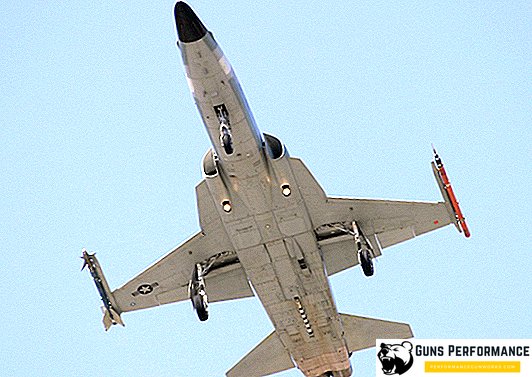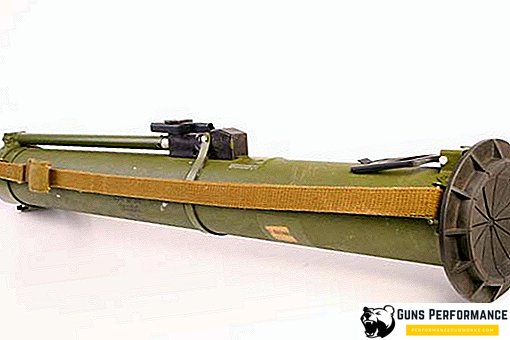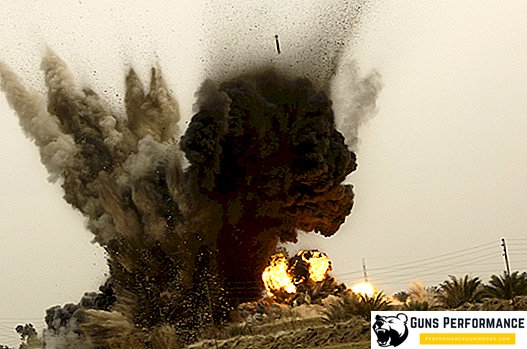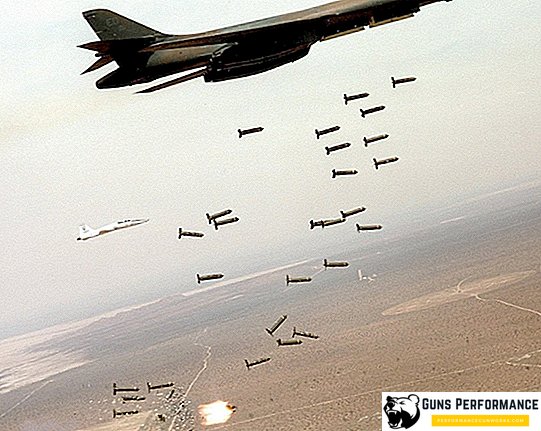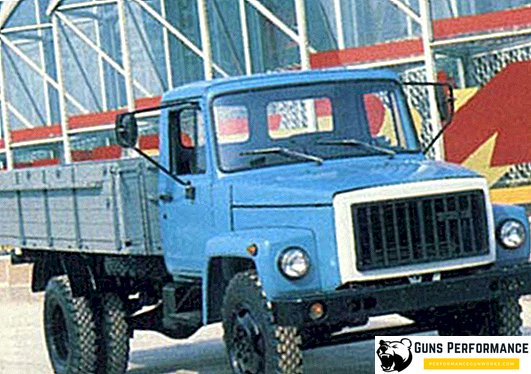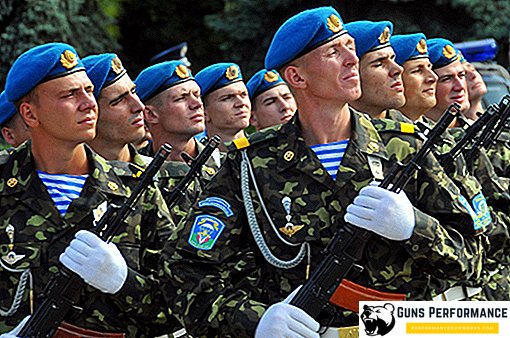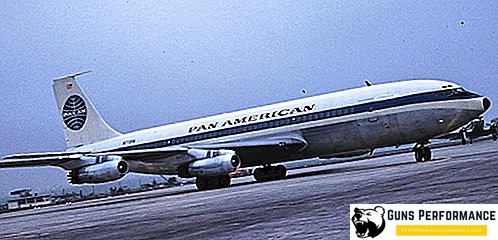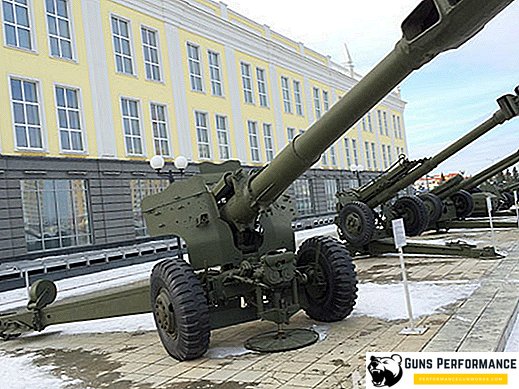
The D-20 artillery system was created by Soviet gunsmiths in 1955 and received an index of the Main Artillery Directorate 52-P-546. The gun was created in the postwar years in the OKB-9 under the leadership of F.F. Petrova. The new artillery system was supposed to replace the similar ML-20 weapons of the 1937 type that participated in the Second World War.
Main design features
The created tool was intended to destroy well-fortified objects and disguised targets at a distance of over 17 km. Possessing a high tilt angle of 58⁰, the D-20 cannon could conduct mounted howitzers with high-explosive, concrete-breaking and high-explosive fragmentation shells at hidden targets. A long barrel, a powerful carriage and a developed wheelbase made it possible to use a gun of this type in the front line as a weapon of direct support for the troops.
The gun is made according to the classical scheme: towed carriage with sliding beds, manual semi-automatic loading system. The 34-gauge long barrel significantly increased the ballistic characteristics of the system, making it a universal weapon of warfare. In the Soviet Union, the gun was produced from 1954. In parallel with this, the Soviet new howitzer D-20 was produced in various versions in China and Romania.

Tactical and technical characteristics of the Soviet howitzer D-20 1955 model
- Calculation - 10 people.
- Combat weight - 5.65 tons
- Charging separately-sleeve.
- The initial velocity of the high-explosive fragmentation projectile is 655 m / s.
- The angle of vertical guidance: from -3 to +45 degrees, the angle of horizontal guidance - 58 degrees.
- Rate of fire: 4-6 shots / min.
- The maximum firing range - 17410 m.
- The main types of ammunition: high-explosive fragmentation, cumulative fragmentation, incendiary, active-rocket projectiles.
- The weight of the high-explosive fragmentation projectile is 43.5 kg.
- Transfer time from traveling to combat: 2.5-3 min.
- Mode of transportation: transported by AT-L, AT-S, Ural-375 truck.
The 152-mm D-20 cannon was successfully used during numerous armed conflicts of the 20th century, in the Middle East, during the war in Vietnam and in the Democratic Republic of Afghanistan.
A photo



